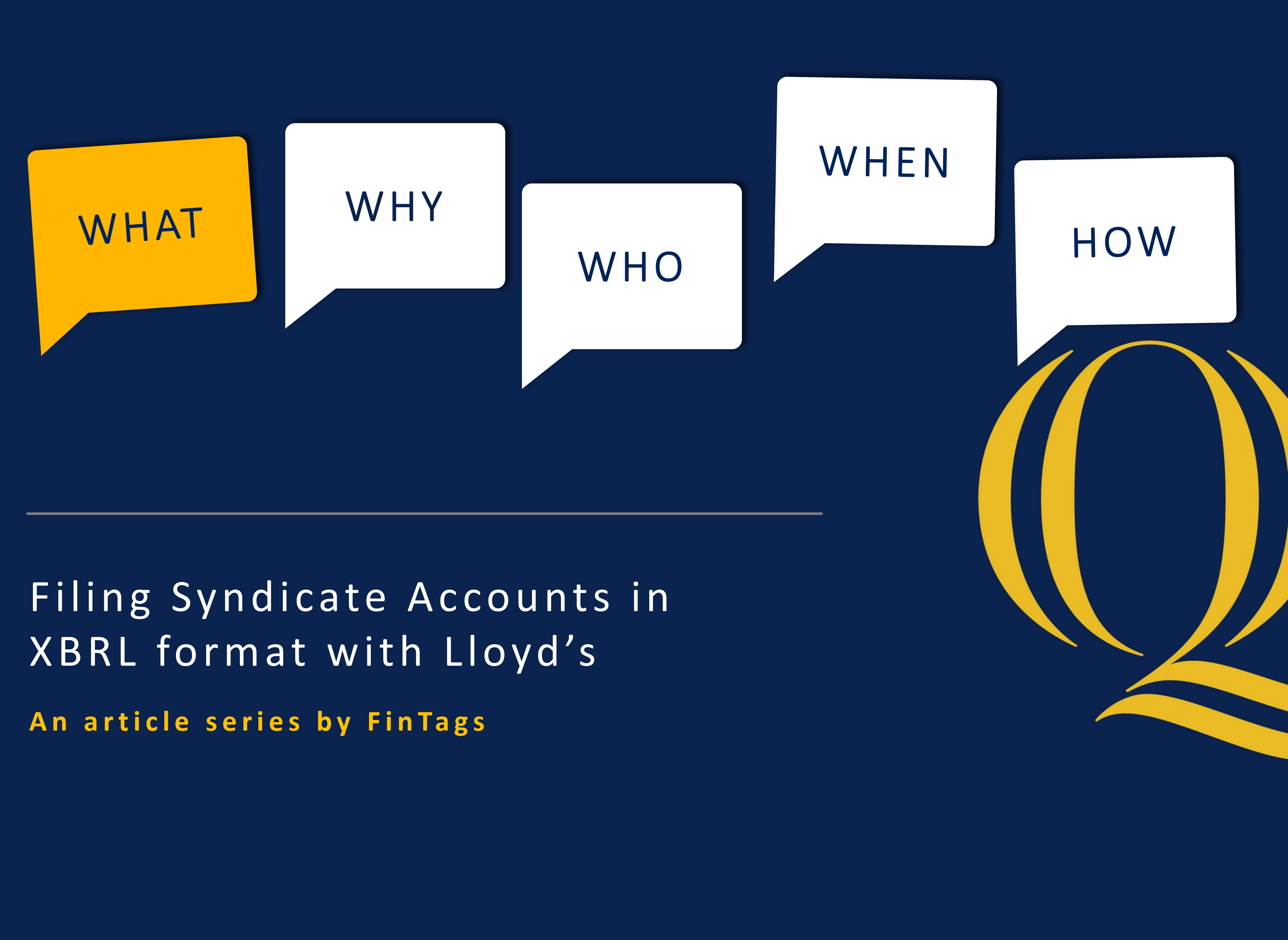XBRL Tagging Services for filing Syndicate Accounts with Lloyd's.

The data must be tagged according to the XBRL taxonomy that aligns with the syndicate account structure. This taxonomy will mirror the data tables included in the illustrative accounts provided by Lloyd's, allowing for accurate tagging and compliance with reporting standards. By ensuring all these elements are included and properly tagged, syndicates can meet regulatory requirements while enhancing the accuracy and comparability of their financial reports.
Minimum Disclosures Required
Additional Information
The specific features of XBRL tagging that are most beneficial for Lloyd's syndicates include:
These features collectively enhance the efficiency, accuracy, and transparency of financial reporting for Lloyd's syndicates, aligning with regulatory requirements while facilitating better decision-making processes.